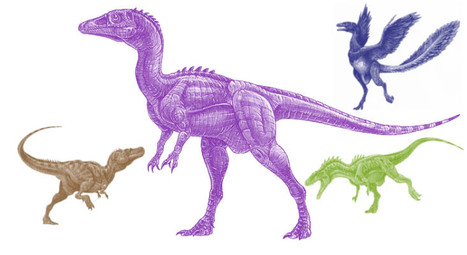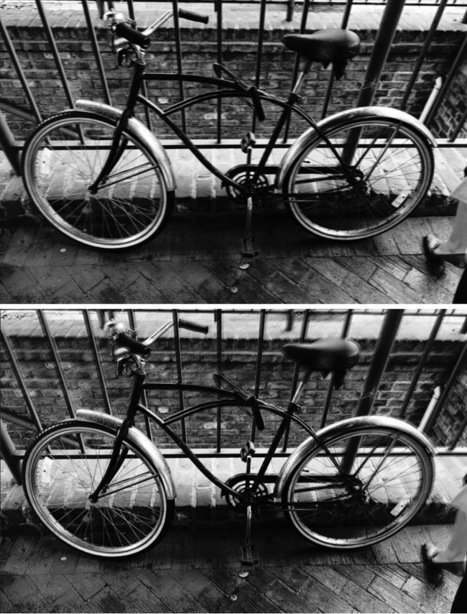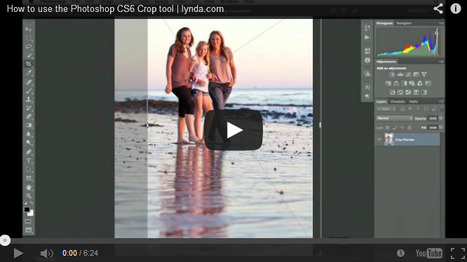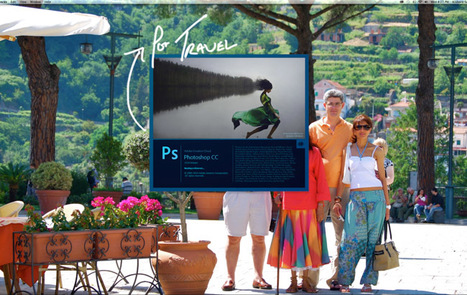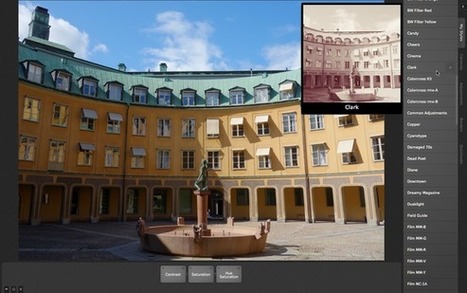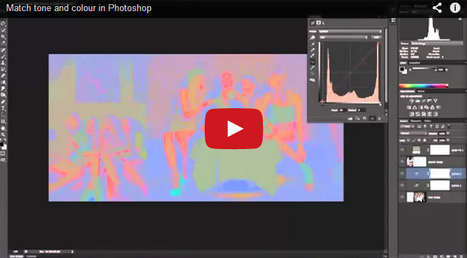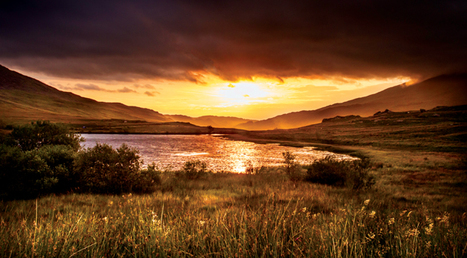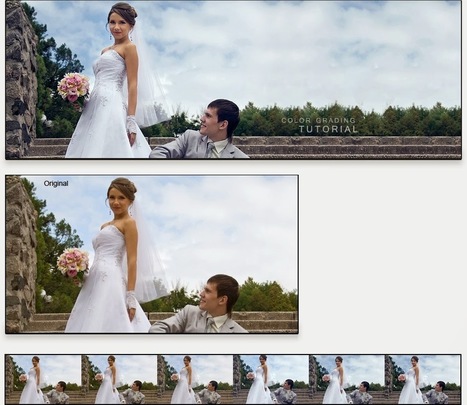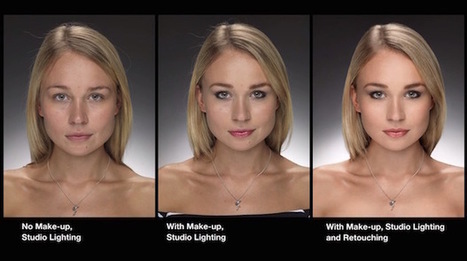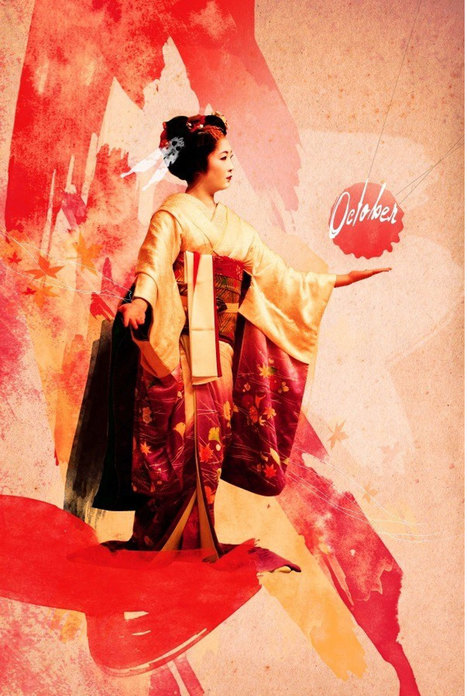Our landscape is abundant with rocky views from the gneiss rocks of Scotland, through the limestone pavements of the Yorkshire Dales, to the rocky Jurassic coastline of Dorset. Move in closer and their patterns and textures provide fabulous abstract opportunities for photographers.
The beauty about this technique is any camera/lens combination can be used. No special kit is needed - just a good eye for the best viewpoint and artistic flare to determine the best composition. You could use a tripod to be sure of a rock (excuse the pun) solid view, especially when shooting patterns on the ground, as it can be harder to hold the camera rigid when you're pointing downwards. If you do use a tripod make sure it has an option to splay the legs out wide so you don't get them in the shot.
A standard lens is ideal, especially for rocks patterns below your feet - either a fixed 50mm or short zoom from around 35-70mm range is fine. Use a longer lens if you can't get close enough to the rock face. This is ideal for distant coastal cliff faces or mountain sides. A lens with a close focus will be handy when the texture is more important...you can focus in close on the more intricate details of the rock's composition.





 Your new post is loading...
Your new post is loading...









